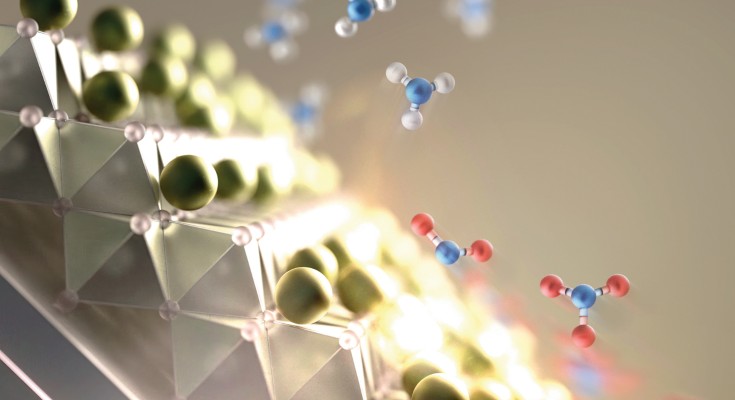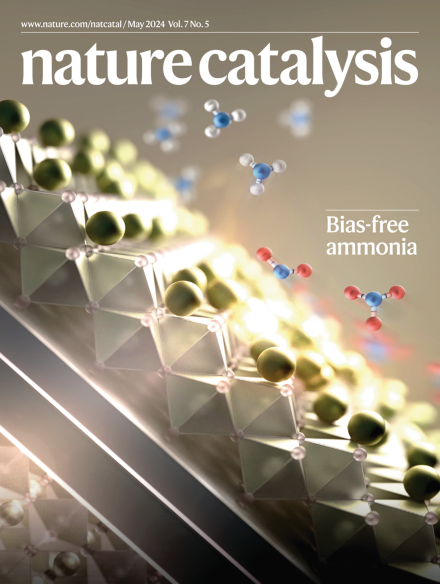
Read our May issue
Nature Catalysis covers all areas of catalysis, incorporating the work of scientists, engineers and industry. May issue now live.

Nature Catalysis covers all areas of catalysis, incorporating the work of scientists, engineers and industry. May issue now live.


Platinum-free electrocatalysts for anion exchange membrane fuel cells and water electrolysers are required to improve the techno-economic viability of these electrochemical technologies for the sustainable production and use of hydrogen. Modifying the electronic structure of Li-intercalated layered Mn-oxides via Ru doping resulted in a catalyst displaying impressive performance towards both technologies.